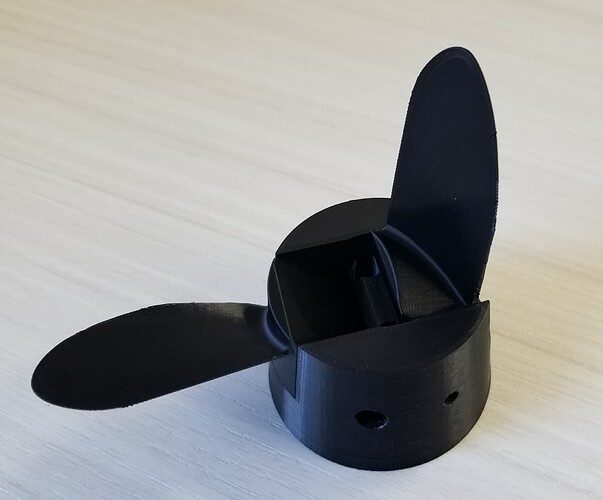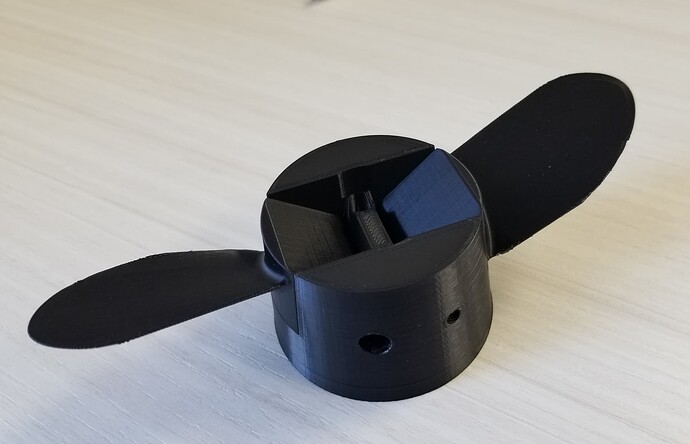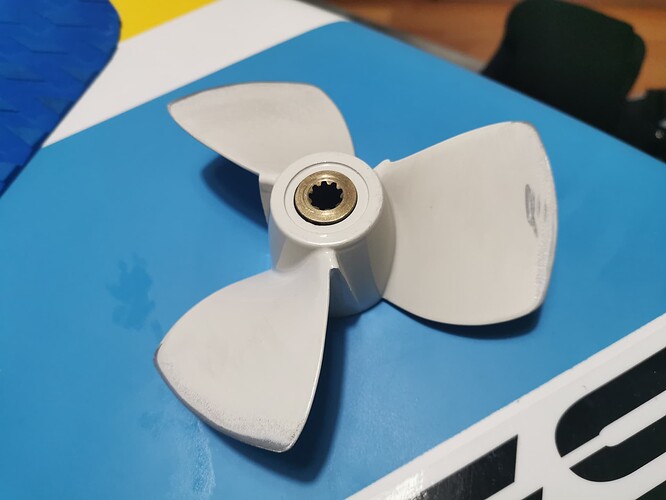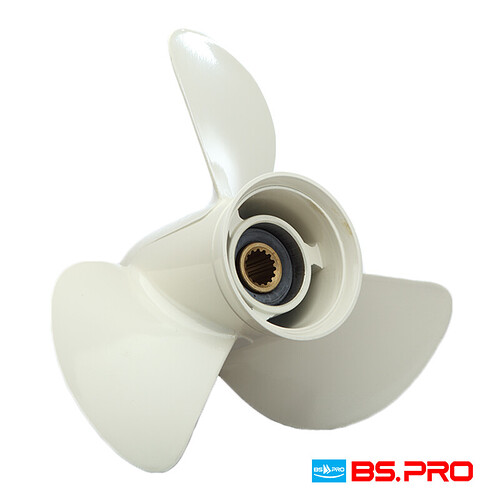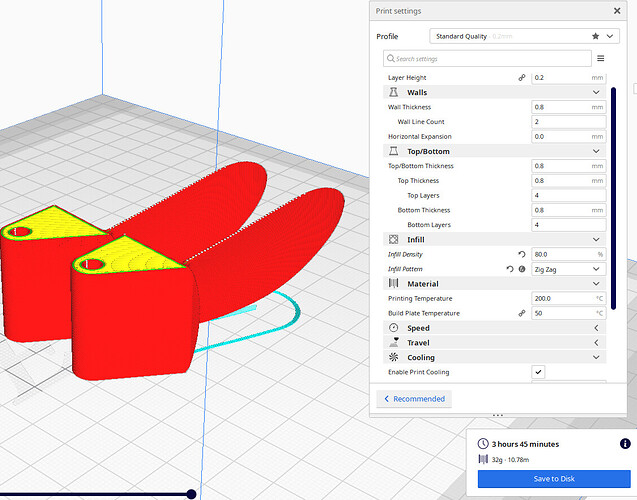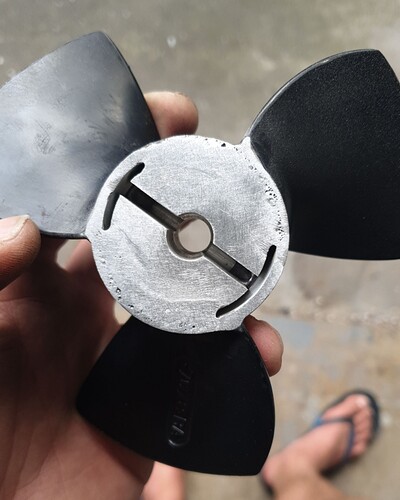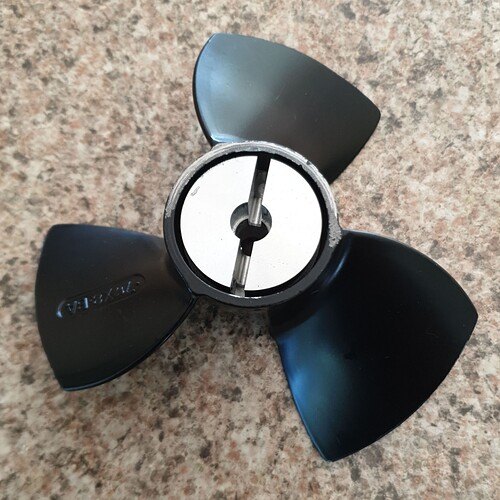Very interesting. I’m waiting for the results.
Wow. I think 160mm is too big for 63100. Can you log your drive?
I was using for awhile Volker’s prop 3D design 4 Loch 158 0.38 1.05 15 NEW | Tinkercad with reduced pitch for my 140kV motor. This is a folding version of it. Will see results tomorrow.
Hello
I am looking for a 3d file to make a splined propeller, because my propeller causes big vibration, I think it is not balanced and it has a centering problem, if someone made this type of propeller, I am a taker, thank you
I found the link for the hub for the propeller. Does anyone have active files for the blades? I’d like to experiment with some alternative 3d printer materials.
Also - I have access to a CNC router that’s capable of aluminum machining if we get something working I might be able to help make something.
Thanks!
Austin
Has anyone mounted this type of propeller on a 65161 toothed shaft motor because I cannot find the dimensions (drawing)
I don’t think this is a viable approach because the best propellers (for e-foils) don’t use slotted hubcaps. If I were you, this is what I would do as a first step - using a press to extrude the slotted brass sleeve. This bushing is then machined, preferably on a lathe, to have the smallest outside diameter possible. This first step will not only minimize your motor’s biggest weakness (the splined shaft) once and for all, but more importantly, it will create the ideal conditions for attaching some of the many times proven propellers.
Hi, Austin, this will be very helpful.
What kind of engine do you have available?
Tested my folding prop yesterday. Main idea to use it on flat water was to reduce drug and board “diving” when you release the trigger. I did not notice big difference between folding and regular prop. Maybe it is just me, i do not have surfing and pumping experience. @Toto44 was right 160mm size seems overloading my motor. You can see it on log(GPS did not work properly). First 12 minutes was on folding prop trying it “on and off”.
Then i put my favorite 145/0.5/0.9 Cruising speed was 20-22km/h (recorded by Garmin watch), 3950-4000 rpm, 42A.
If somebody wants to play with this folding prop here STL files. Reason i printed blades on “side” to prevent delamination around axis of rotation. Model was done on https://www.wageningen-b-series-propeller.com/ with parameters:
Diameter 160 mm
Expanded area 0.3
Pitch/Diameter 0.9
Rake 15
Hub:
Upstream D 63 mm
Downstream D 55 mm
Length 40 mm
Blade:
Root 7mm
Tip: 2mm
Leading/trailing edge fraction 0.15
Printed with PLA+ , 80% infill, ZigZag, support > 75 degrees
Always print my props with such parameters (10-12 total). Never had broken one.
Link to STL files:
It also has a lot to do with the wings you use. You need high aspect ratio wing, they have less induced drag and will keep gliding once you power off. You also have to shift your weight on the back when you release power
I see. I suspected it. I have a Cabrinha Varial Medium wing 1300cm. It has AR=4.6 witch is not very high. I noticed it has a lot of lift, hard to hold it down on speeds higher than 20 km/h. What foil would you recommend for higher speeds?
The high aspect 10:1 wings like the Axis 999 are very power efficient and generate lift from low speeds.
An higher aspect wing will generate more lift for the same surface than a medium aspect so if you already have too much lift with the 1300cm aim for something arround 900-1000 as suggested by Jatem. Best to try
thank you Dynamik, yes it’s a good idea too, then you have to glue but you have to find a good glue, do you have an idea for the glue!
If you don’t do the first step (using a press to extrude the grooved brass sleeve), it’s premature to talk about a suitable adhesive. You may not even need to use glue if you use the same method to mount the propeller, which can be understood here True Glide Propeller | Fliteboard™ Australia . In other words, it will depend on how you use the v1 propeller, what material it is, the shape of the hub, etc.
